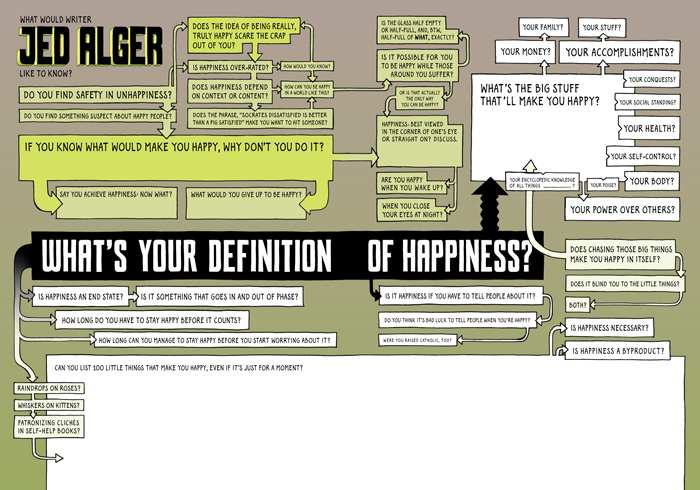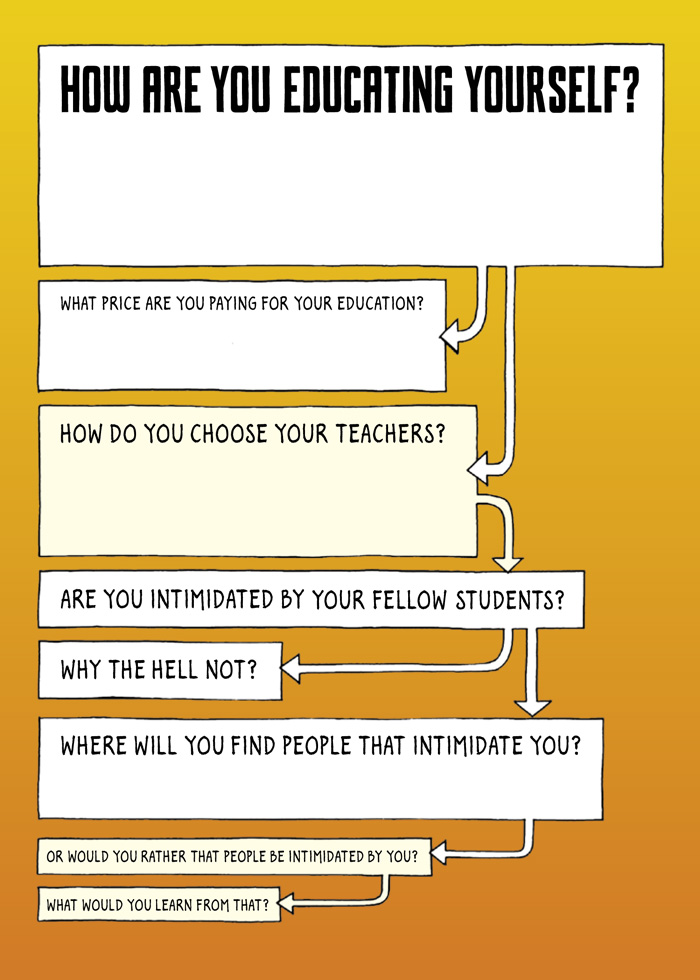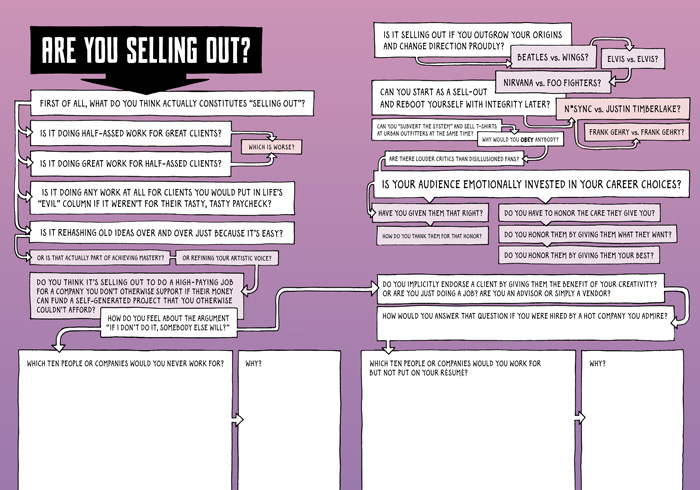A collection of ethnic textiles might be where you start.
One of the creative skills I will be taking my Southwest School of Art class through is that of making a study as a way to develop ideas and images for a series of art quilts. As we work though these ideas (the course meets weekly on Mondays from February 4- March 25) we'll be building a stash of ideas and information focused on one theme or topic. This is often the way I work on a piece of art for a submission when the theme is one that I am considering for the first time.
These notes were written by my Missing Alphabet colleague Dr. Cynthia Herbert, and were originally developed for our teacher training program in Dallas for our afterschool program (part of Big Thought). I've adapted them for artists, with her permission, and will share them here in a series of posts his week.
DOING A STUDY
A STUDY is a sustained investigation of a single concept, thing, theme or idea. In a study, a child explores many, many different viewpoint, contexts and materials. The Sensory Alphabet is used as nine “lenses” through which to view the object of the study. After many explorations, the child expresses a personal definition or viewpoint through one or more original forms.
BRAIN RESEARCH SAYS:
Current brain research and cognitive psychology tells us that human beings can only learn very low-level tasks and ideas through drill and rote memorization. For learning to be faster, longer lasting and of a higher order, each of us must “construct” our own personally meaningful definitions. Although we will all have common notions, the depth and variety of our experiences will determine the depth and dimensionality of our understanding.
For any one of us to be able to use a concept to solve problems, make decisions, express ourselves, and enrich our quality of life, we need a well-elaborated mental representation—a concept that looks very like a complex spider web of interconnected experiences and ideas. The STUDY makes the development and elaboration of mental representations an overt process that leads to “deep understanding” and “transference,” what has been called the “so what?” of learning. This is a valuable way to start an art project or any project that needs more than superficial responses.
FORMAT: A study is divided into three parts: Priming, Invention and Reflection. Today, I'll list the kinds of activities that are part of priming. Some of these are more appropriate than others for the kind of thinking that art-making is about, but since we do all of these with kids in our classes, I'm listing them all!
PRIMING: Priming activities are intended to prepare each mind to be ready to construct (create) his or her own definition of the subject being studied. Here are the first two ways to PRIME the mind (more coming next post).
Connect.
Connect the subject with your former experiences, current feelings or opinions and curiosity. Write, journal or search through your collections, stash and memories to make a connection to the theme. IF you can't find a connection, this may not be a good topic for your art -- but most of us, give our lovely capacity for experience, have many connections to much of the world!
Observe and Collect.
Make direct observations and collections in regard to the subject. Focus observations using the Sensory Alphabet and physical "lookers" to make notes or drawings. Sometimes new ideas for note taking are employed. Take photos, videos or recordings to project/replay and share and use all your senses.

























